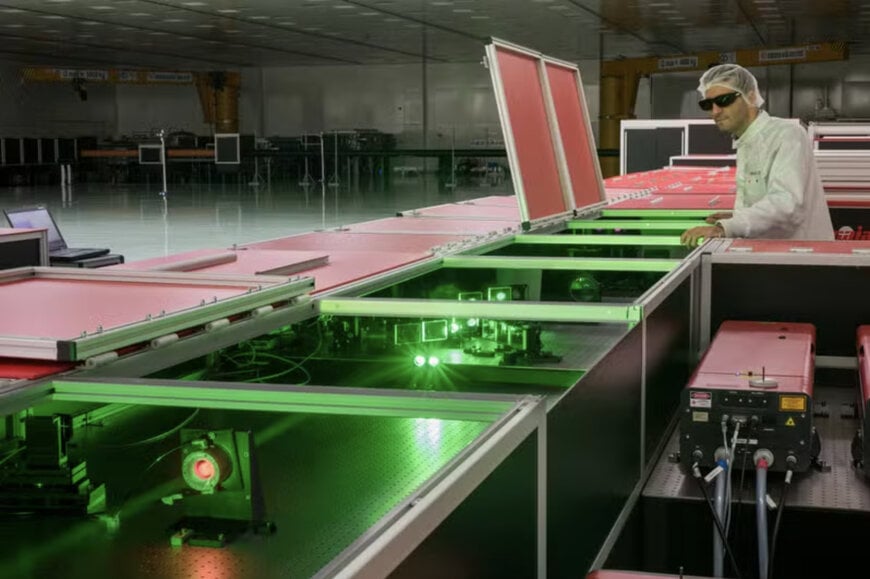www.industryemea.com
16
'25
Written on Modified on
Thales inaugurates GenF, a first step towards nuclear fusion energy
GenF is working in collaboration with the CEA, CNRS, École polytechnique and the Nouvelle-Aquitaine Region to design a first inertial confinement fusion reactor.
www.thalesgroup.com

Energy production through nuclear fusion is now identified as one of the solutions to address two crucial challenges: the need to reduce global carbon emissions and the ever-increasing energy demand across various sectors of the economy, such as transport, construction, agriculture and the digital industry. According to the IEA (International Energy Agency), electricity consumption by data centres is expected to more than double by 2030, particularly due to the rise of AI.
Nuclear fusion is therefore regarded as a tremendous opportunity to create a new energy source that is safe (it carries no risk of runaway reactions), abundant (its resources are widely available in nature), competitive and low-carbon (it emits no greenhouse gases). Furthermore, nuclear fusion generates one million times less radioactive waste than fission, and this waste can be eliminated more quickly.
To achieve nuclear fusion, extensive research is being carried out on two methods: magnetic confinement and inertial confinement. The inertial confinement method requires the use of high-energy lasers to compress matter and reach the thermonuclear conditions required for fusion. Significant scientific progress is still needed for this method of energy production to be deployed.
To ensure that France remains one of the pioneering countries in this field, the government, via BPI France, launched a call for projects on "innovative nuclear reactors" in June 2023, under the France 2030 initiative. Drawing on its expertise in high-power lasers, Thales submitted the TARANIS project, in partnership with the CEA, the CNRS and École polytechnique, to demonstrate the feasibility of designing a first inertial confinement nuclear fusion reactor. The project was selected in February 2024, giving it access to a €18,5 million budget for its initial development phase. To bring together the essential complementary expertise, Thales created the company GenF, officially launched in January 2025, and signed a first contract worth several million euros for the development of its fusion laser.
GenF will progress through three development phases:
- By 2027, GenF plans a first phase of modelling and simulation, calibrated through experiments on existing facilities such as LMJ;
- From 2027 to 2035, a second phase will focus on the maturation of fusion technologies such as multiple laser synchronisation, the production of cryogenic targets and the development of new materials for the reactor wall;
- From 2035, a third phase could lead to the scaling-up of the reactor, with the construction of a first prototype.
GenF currently brings together around ten scientists, engineers and industrial experts and involves about forty people from all the institutions combined. The company will inaugurate its premises in Le Barp (Bordeaux) on Thursday 15 May 2025, with support from the Nouvelle-Aquitaine Regional Council—region that already brings together many areas of expertise in nuclear fusion, including the Centre Lasers Intenses et Applications (CELIA – CNRS/University of Bordeaux/CEA) and the Centre d’Études Scientifiques et Techniques d’Aquitaine (CESTA – CEA).

